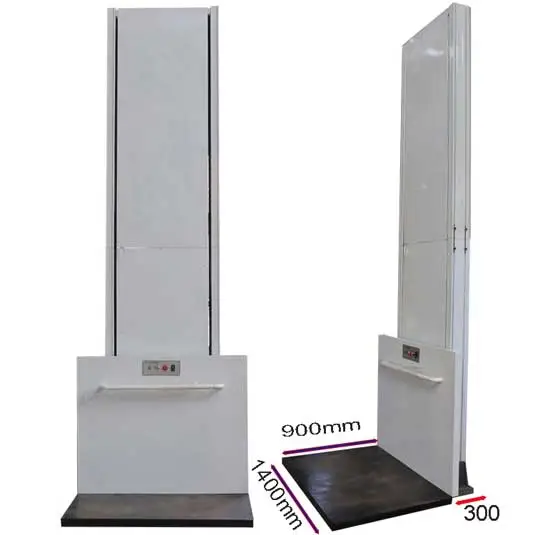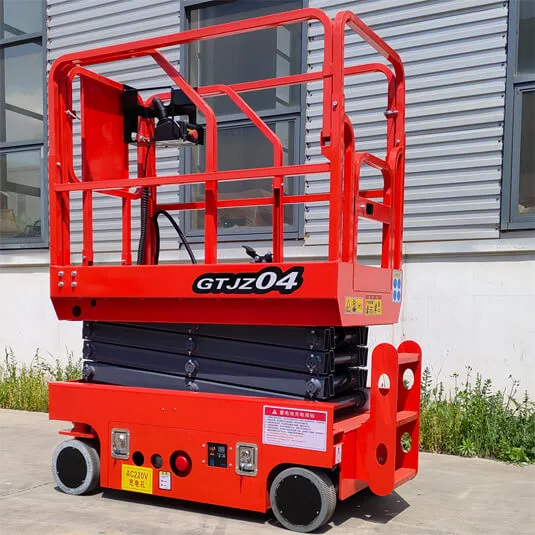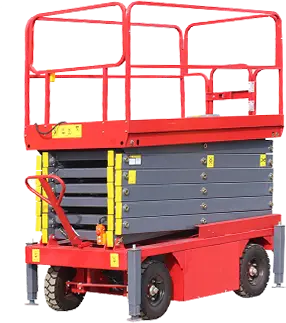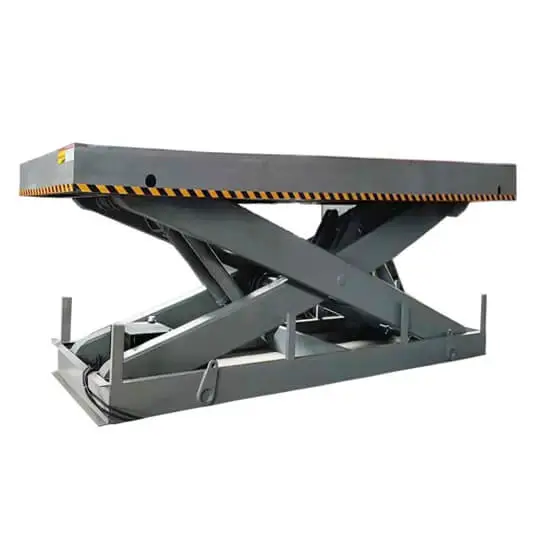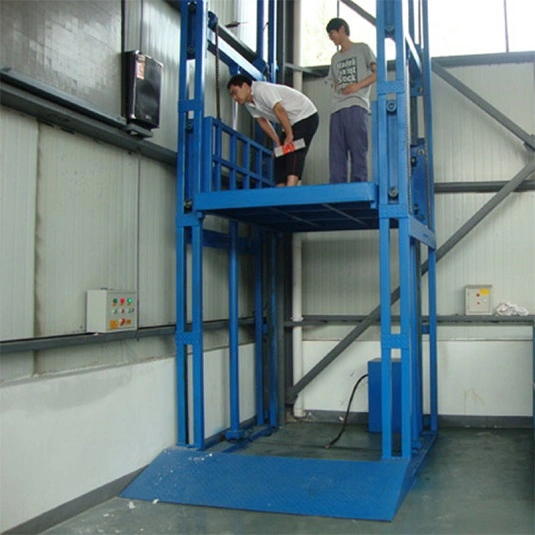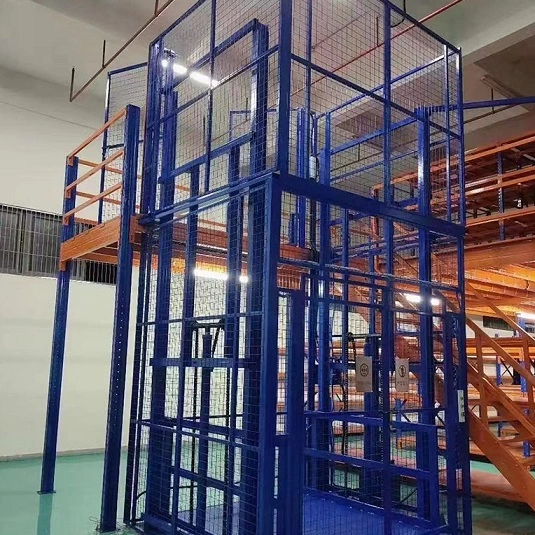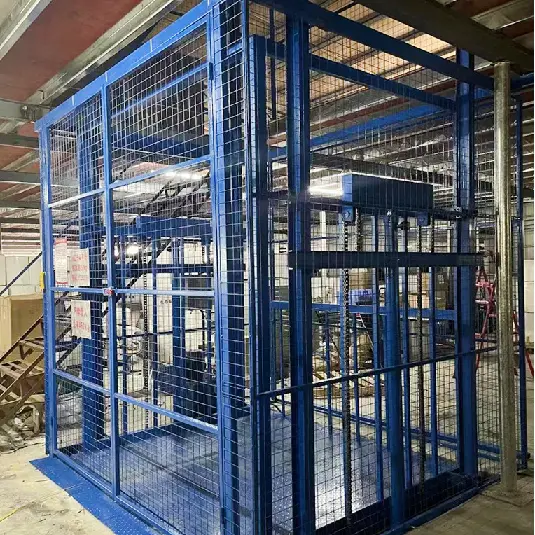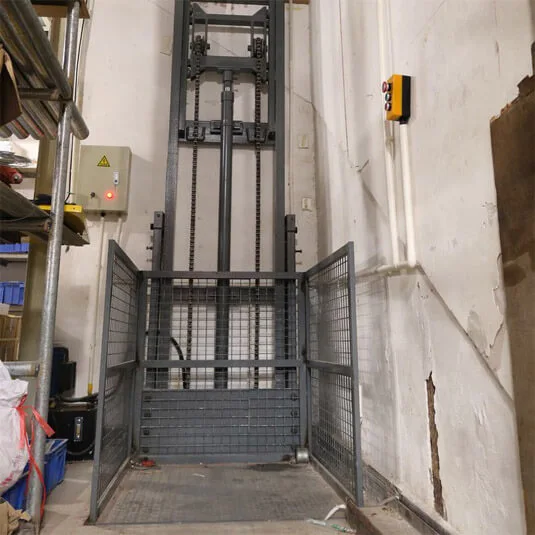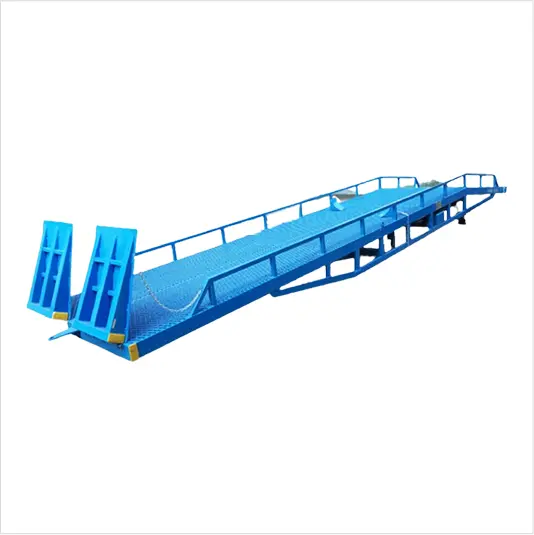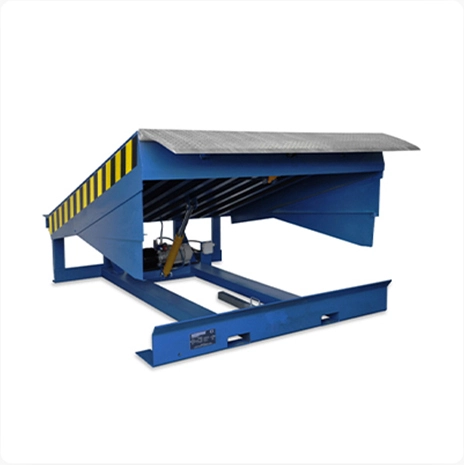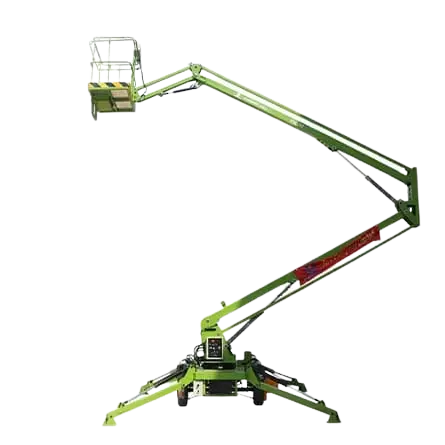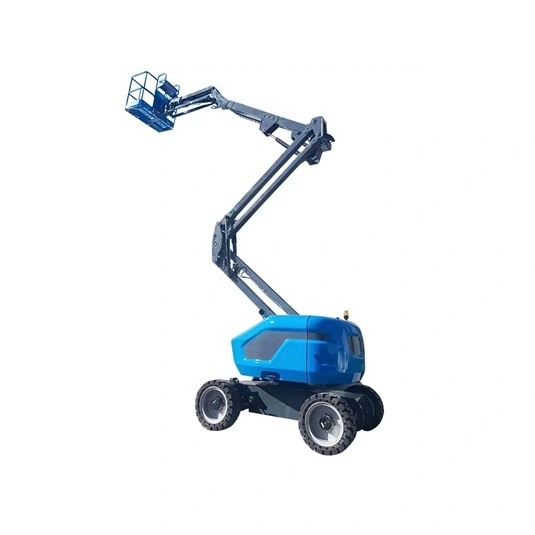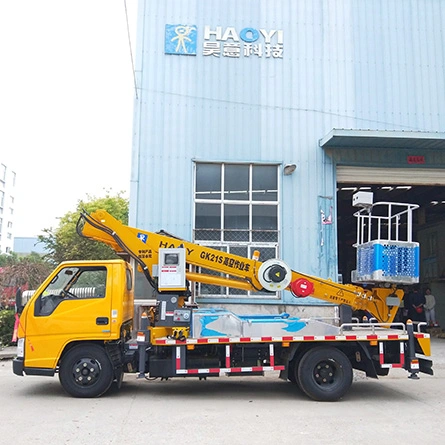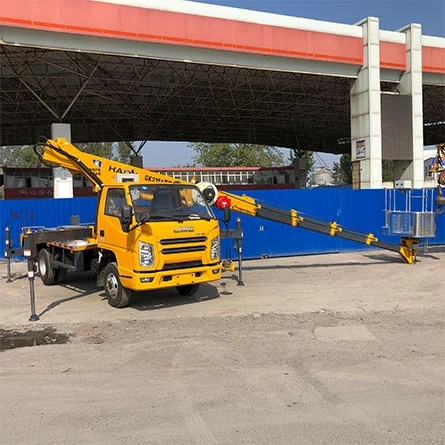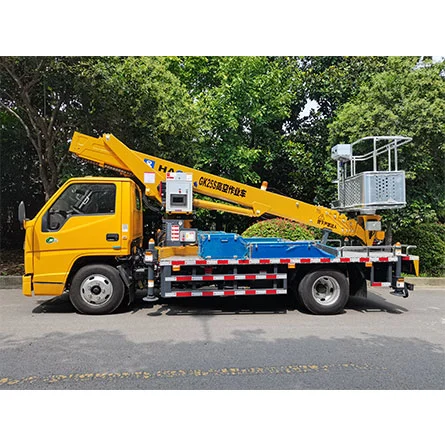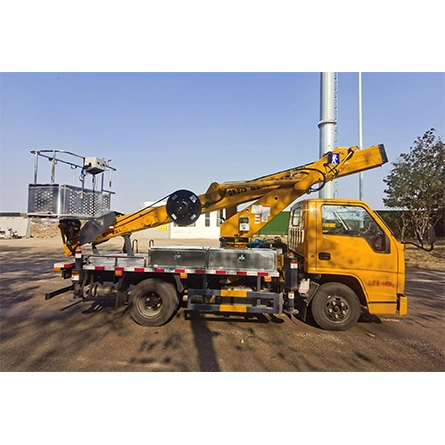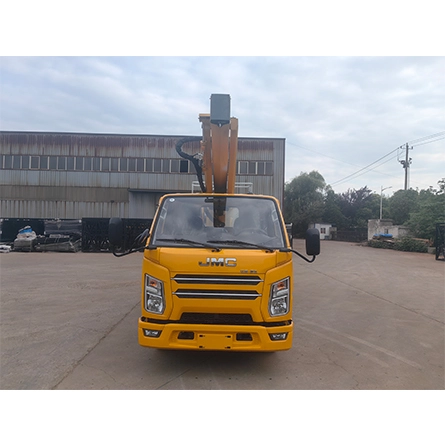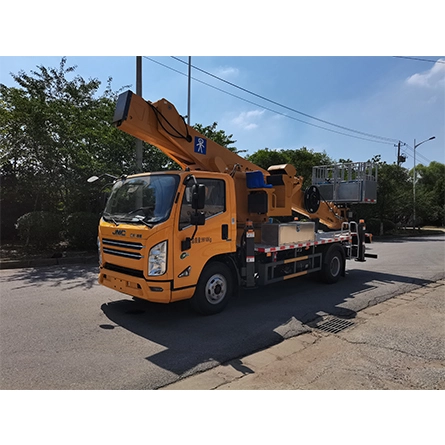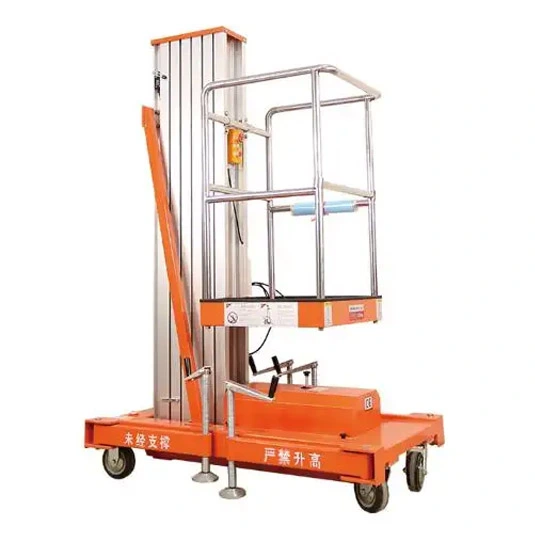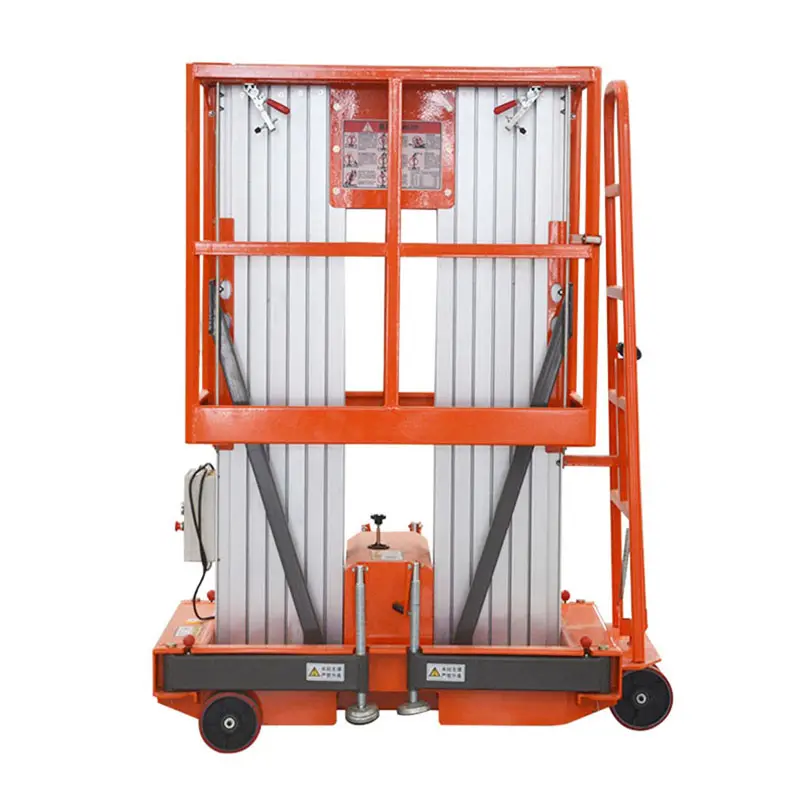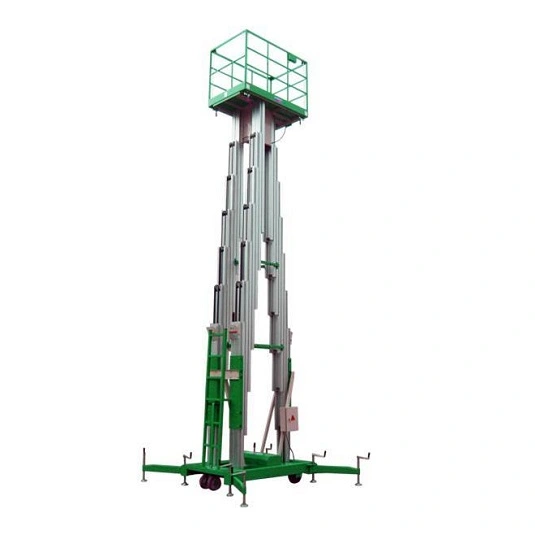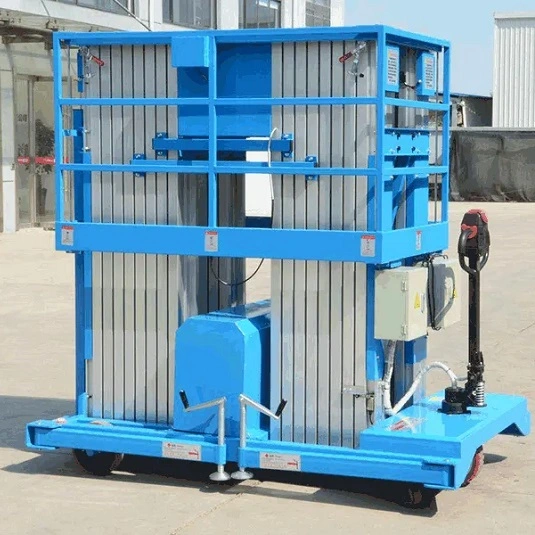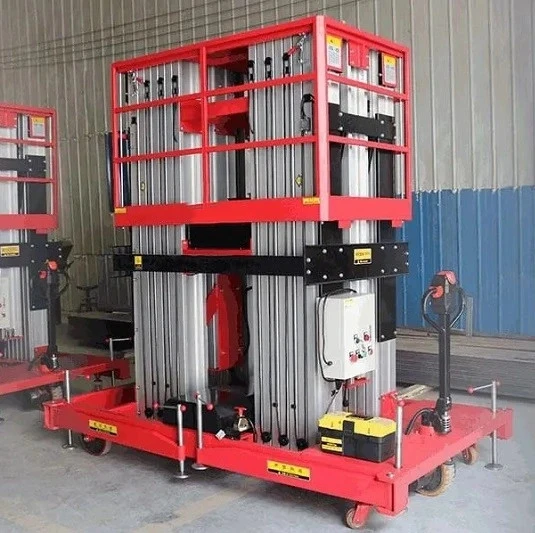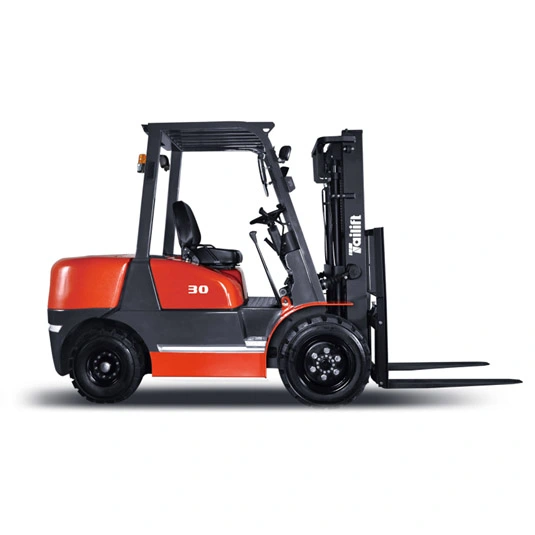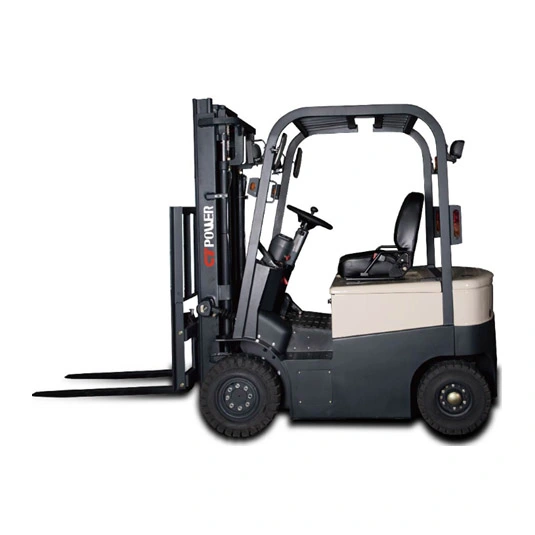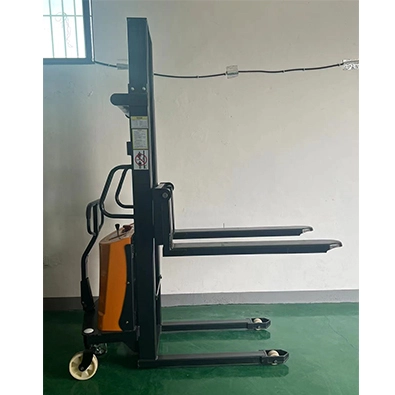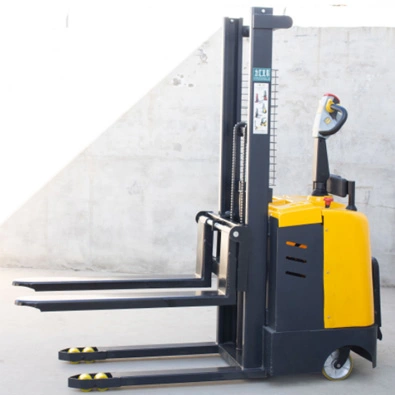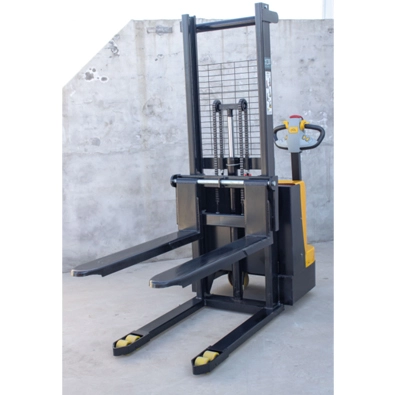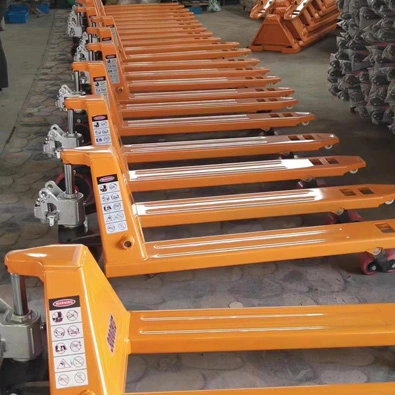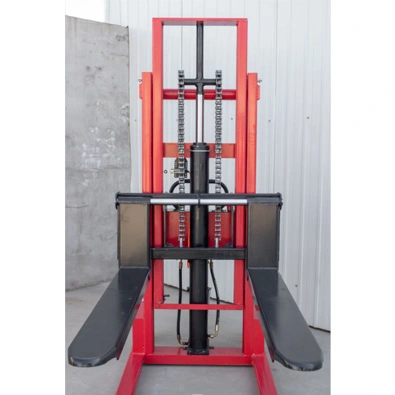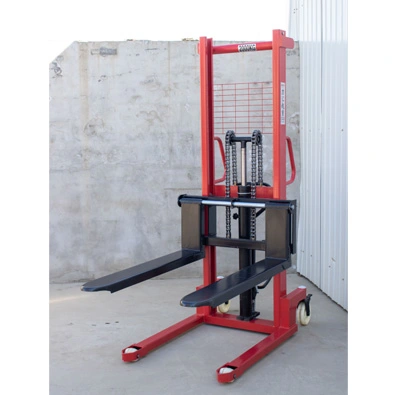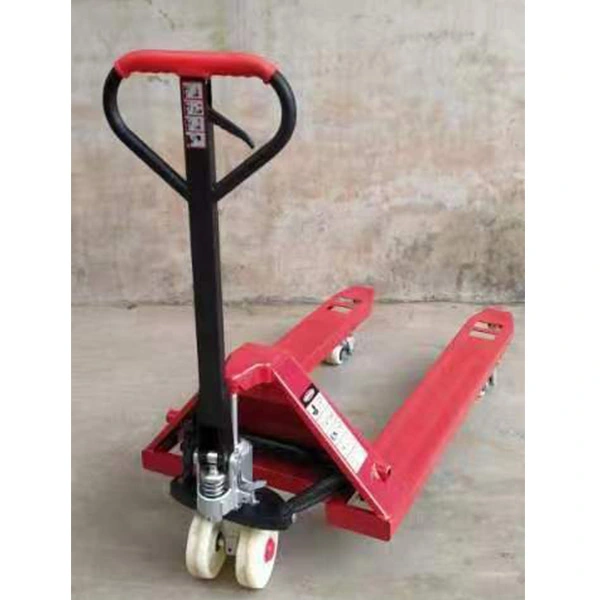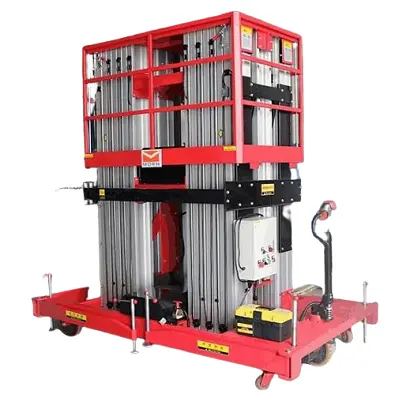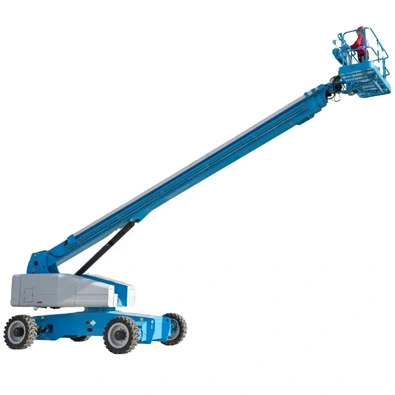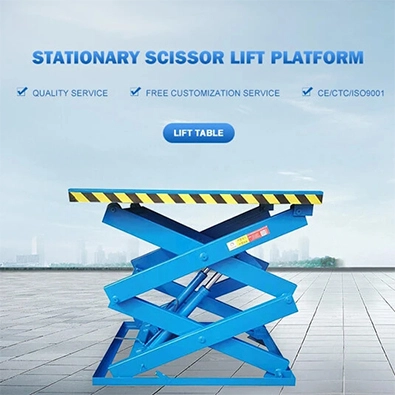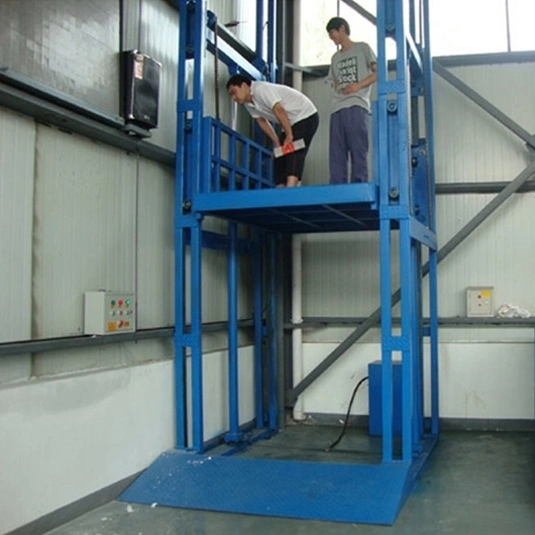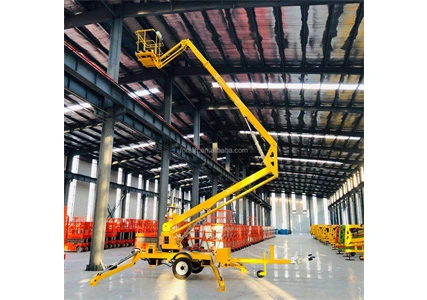Have you ever wondered how heavy loads are effortlessly lifted to elevated heights in various industries? The answer lies in the engineering marvel of hydraulic scissor lifts. These versatile machines utilize hydraulic power to raise and lower platforms, providing efficient access and enhanced productivity.
How a Hydraulic Scissor Lift Works
Before diving into the specifics of hydraulic cylinder scissor lift, it's essential to understand the science behind hydraulic power. Hydraulic systems rely on Pascal's law, which states that when pressure is applied to a fluid in a confined space, it is transmitted equally in all directions. This fundamental principle enables hydraulic systems to transmit force and generate motion through fluid pressure.
Understanding the Mechanism of a Hydraulic Scissor Lift
Scissor-Like Structure:
Different from double mast hydraulic goods lift, at the heart of a hydraulic scissor lift is a scissor-like mechanism that gives it its name. The scissor structure consists of multiple interconnected arms or crossbars that extend and retract, providing vertical movement. When the lift is in its lowered position, the arms are compressed and stacked together, creating a compact profile. As hydraulic pressure is applied, the arms unfold, extending the lift's platform to the desired height.
Hydraulic System:
The hydraulic system is the driving force behind a scissor lift's movement. It consists of a hydraulic pump, cylinders, control valves, and hydraulic fluid. The pump generates pressure by forcing the fluid into the cylinders, creating a lifting force. The control valves regulate the flow of hydraulic fluid, allowing precise control over the lift's movement.
Hydraulic Cylinders:
The hydraulic cylinders are the main components responsible for the lifting action of the scissor lift. They are connected to the scissor arms and are filled with hydraulic fluid. When the hydraulic pump is activated, it forces the fluid into the cylinders, causing the pistons inside to move upward. As the pistons rise, they extend the scissor arms, lifting the platform to the desired height.
Platform and Safety Features:
The platform of a hydraulic scissor lift serves as the working surface, providing a stable and secure area for workers or loads. The platform is attached to the scissor arms and moves in unison with them. To ensure safety during operation, hydraulic scissor lifts are equipped with safety features such as safety rails, emergency stop buttons, overload protection, and non-slip surfaces. These features help prevent accidents and create a secure working environment.
Working Process of a Hydraulic Scissor Lift
When a hydraulic boom lift is in its lowered position, the scissor arms are compressed, and the platform rests close to the ground. To initiate the lifting process, the operator activates the hydraulic pump by operating the control panel. The pump pressurizes the hydraulic fluid, which is then directed to the cylinders.
As the fluid enters the cylinders, it pushes the pistons upward, causing the scissor arms to unfold. As the arms extend, the platform attached to them rises, reaching the desired height. The platform remains stable and level throughout the lifting process, thanks to the synchronized movement of the scissor arms.
Once the desired height is achieved, the operator can lock the lift in position using the control valves. This ensures the platform remains stable and secure during work operations. To lower the lift, the operator simply releases the pressure in the hydraulic system, allowing the hydraulic fluid to flow back into the reservoir.
Next time you see a hydraulic scissor lift in action, marvel at the hydraulic power that effortlessly raises it to new heights, providing workers with access and productivity. Hydraulic scissor lifts have revolutionized industries by streamlining processes and improving safety. Their efficient and reliable operation continues to make a significant impact across various sectors.

